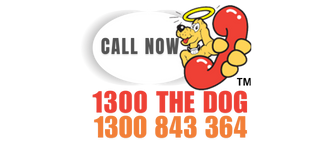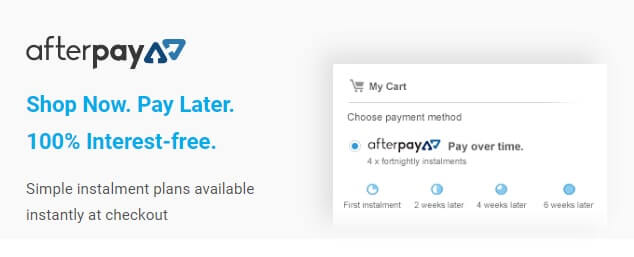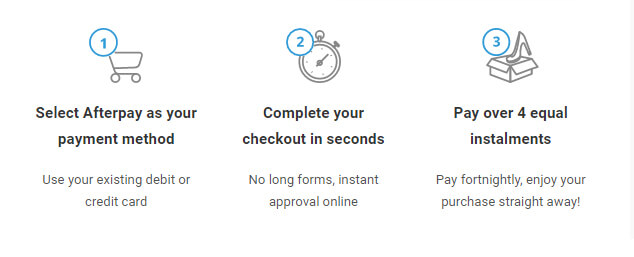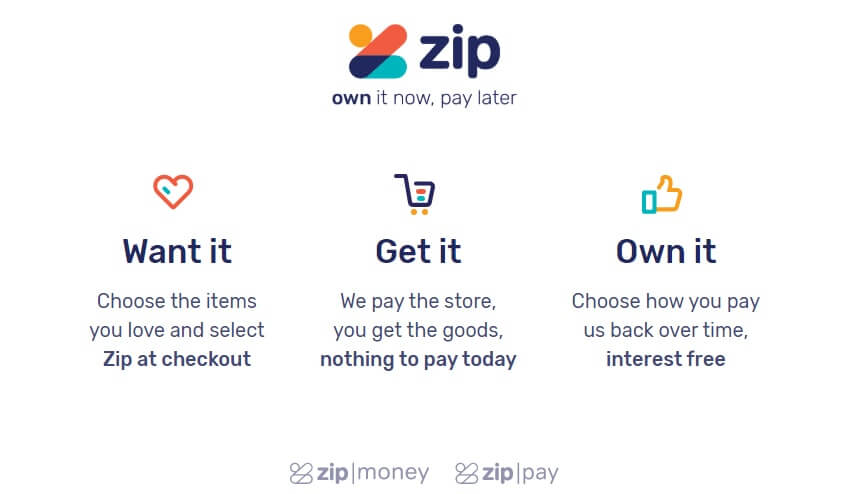Training your new puppy can be challenging but if you want to raise a good dog, it is important that you spend time and effort on training your pup and prevent difficult dog problems in the future.
Today, you will learn from an expert dog trainer - the first things you need to train a dog to do when you get it home, especially if it’s a young pup.
How Do I Teach My Dog Good Behaviour?
Interview with Gaz Jackson, The Dog Trainer
Teach Your Dog Good Manners Such As (Click on each item to discover more):
 Training and socialisation during the first crucial weeks of a puppy’s life are very important if you want to raise a well-behaved dog.
Training and socialisation during the first crucial weeks of a puppy’s life are very important if you want to raise a well-behaved dog.
Socialising your puppy should start from 8 to 16 weeks of age - the critical development period of a dog’s life. However, caution should be taken since this is also a period wherein your pup has to be fully-vaccinated before totally engaging to the outside world.
So, here are the first few things you can do to properly socialise and train your new dog to achieve good behaviours.
Teach Your Dog Independence by Putting Him in a Transport Crate Especially When He First Arrives Into Your Home
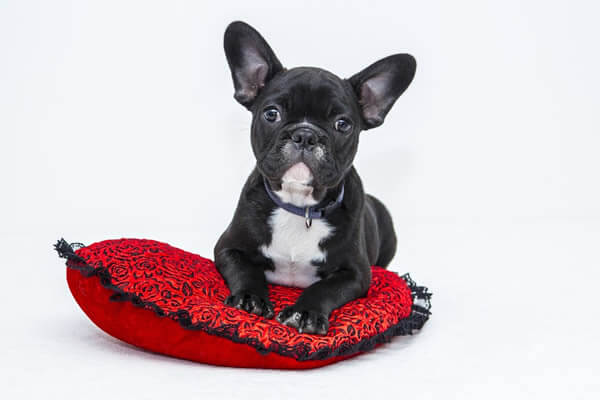 Gaz Jackson, a professional dog trainer, suggests that letting your puppy get used to being put in a crate, especially when he first arrives into your home, is one of the good ways that will help develop his independence.
Gaz Jackson, a professional dog trainer, suggests that letting your puppy get used to being put in a crate, especially when he first arrives into your home, is one of the good ways that will help develop his independence.
Also, a transport crate provides security as you move the puppy inside and outside your house - it will prevent any anxiety that may occur as your pup gets familiar with his new environment, new family members and new sibling-dogs.
This technique will also allow you to train your pup to get used to small and confined places - this comes really useful at times when you have to leave your dog alone. Thus, independence combats separation anxiety.
Gaz also strongly recommends to NOT let your pup sleep in the bedroom as this only develops dependence and may lead to the puppy being anxious when separated from mum or dad… he may then start doing unwanted behaviours such as nuisance barking, chewing, digging up holes, etc.
Worse, he may display aggressive behaviours. Therefore, allow your pet to stay overnight in his crate or dog bed especially when he first arrives in your home.
So, the first good behaviour you can teach your dog is independence.
Teach Your Puppy the Good Manners of Toilet Training
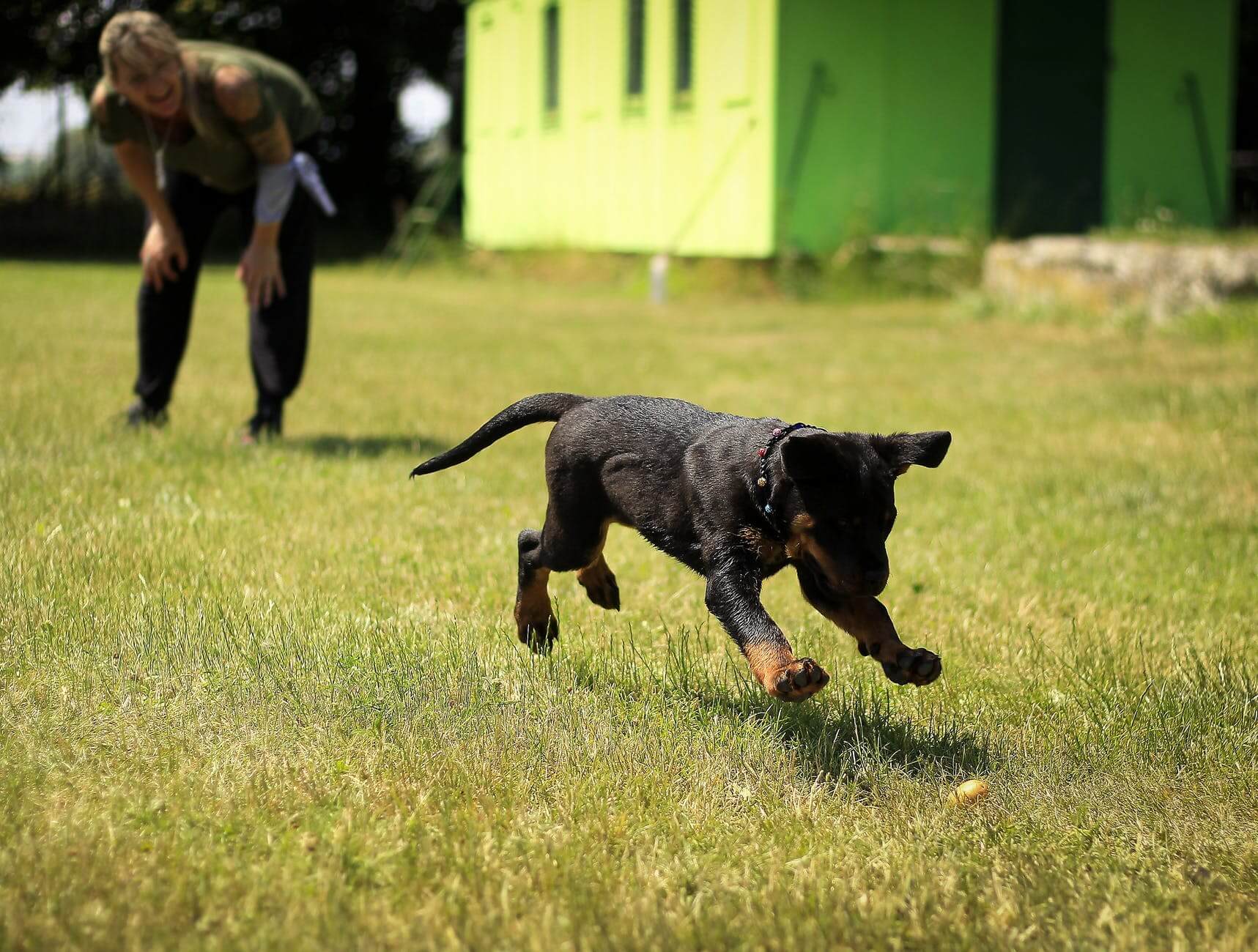 Toilet training for a puppy may appear really challenging especially when you do not know the simple yet effective techniques.
Toilet training for a puppy may appear really challenging especially when you do not know the simple yet effective techniques.
Gaz Jackson has shared a simplified way of toilet training your puppy, the when and where.
So, here we go:
-
Let your puppy out of his crate or kennel and place him in the yard for a few hours.
-
Observe your pup going to the toilet in the yard and continually say “poop” or “pee” or “toilet” or “potty” to him.
-
Make sure you use a consistent command - if you like using the word “toilet”, use it all the way to train your dog.
-
Choose a specific and consistent time in a day to let your puppy go to the toilet - usually, it’s in the morning and early evening.
-
Do this consistently in your yard and very soon your dog will know when and where to properly do his business.
Train Your Dog to be Polite at Doors
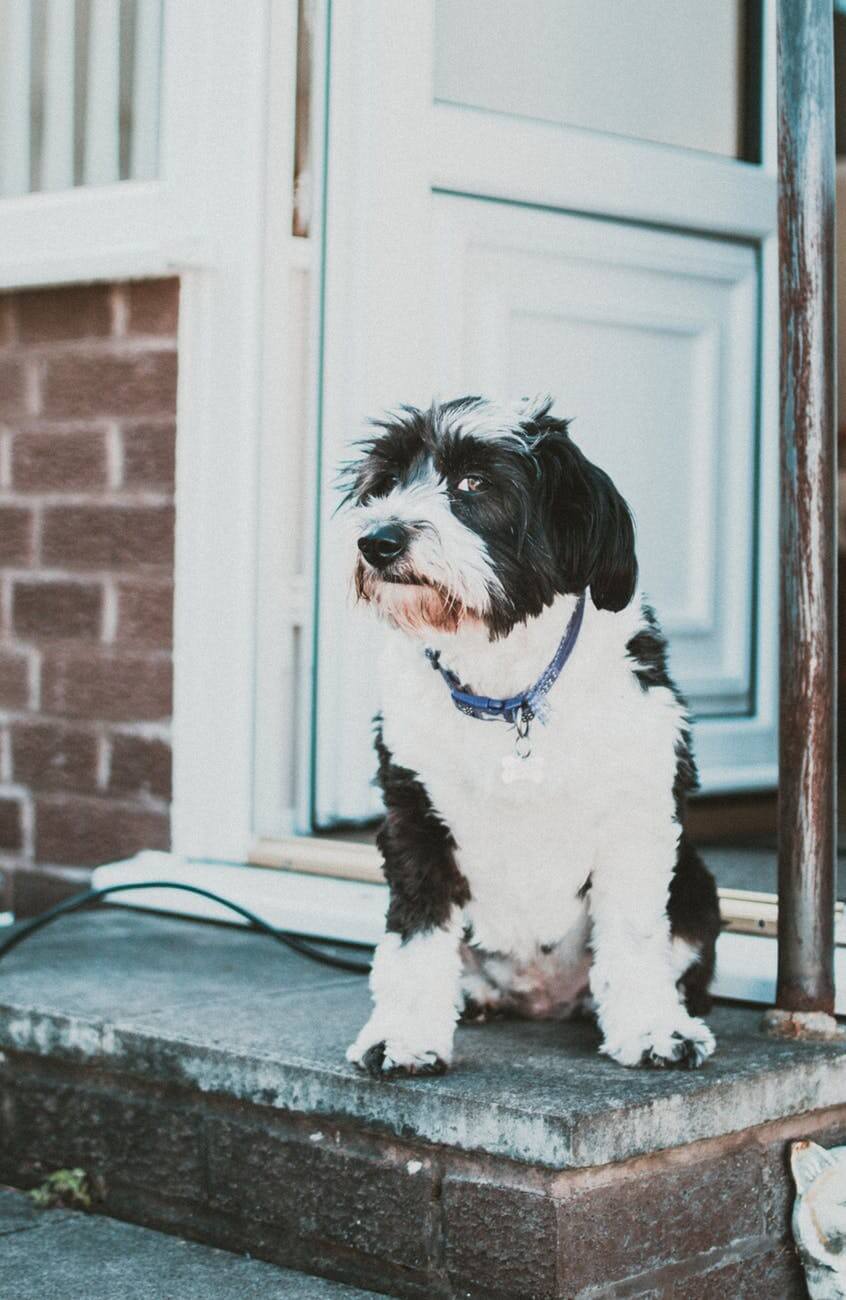
Managing your dog when you open doors in your house can be difficult. Therefore, proper training greatly helps in reinforcing good behaviours to your dog.
Gaz Jackson suggests a few easy things you can do to train your dog to be polite at doors, or to correct any bad behaviour for that matter:
-
Ignore your dog every time he behaves badly.
-
Praise your dog when he deters away from the bad behaviour
-
Consistently use a particular tone of voice to correct bad behaviour and when praising good behaviour
Ignoring Your Dog When He Behaves Badly
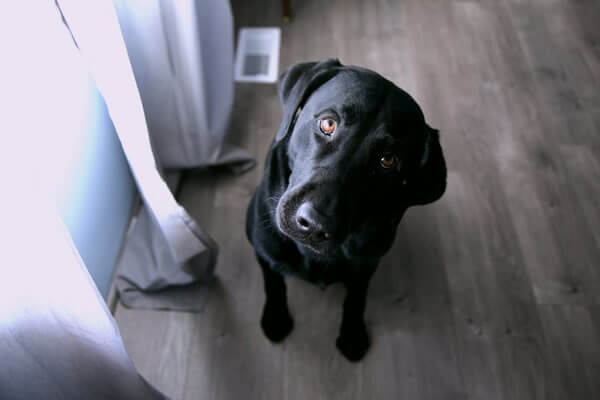 Dogs love attention. So, if you ignore your dog every time he does a thing that you do not want, the best technique is to call your dog out with a strong and stern “NO!” or “STOP” and then walk away from your dog.
Dogs love attention. So, if you ignore your dog every time he does a thing that you do not want, the best technique is to call your dog out with a strong and stern “NO!” or “STOP” and then walk away from your dog.
Your dog will understand that it is game over... and dogs do not like being ignored especially when they wanted to play.
“But what if ignoring the bad behaviour does not work?” - I’ll discuss this later, so keep on reading.
Praising Your Dog When He Behaves Well.
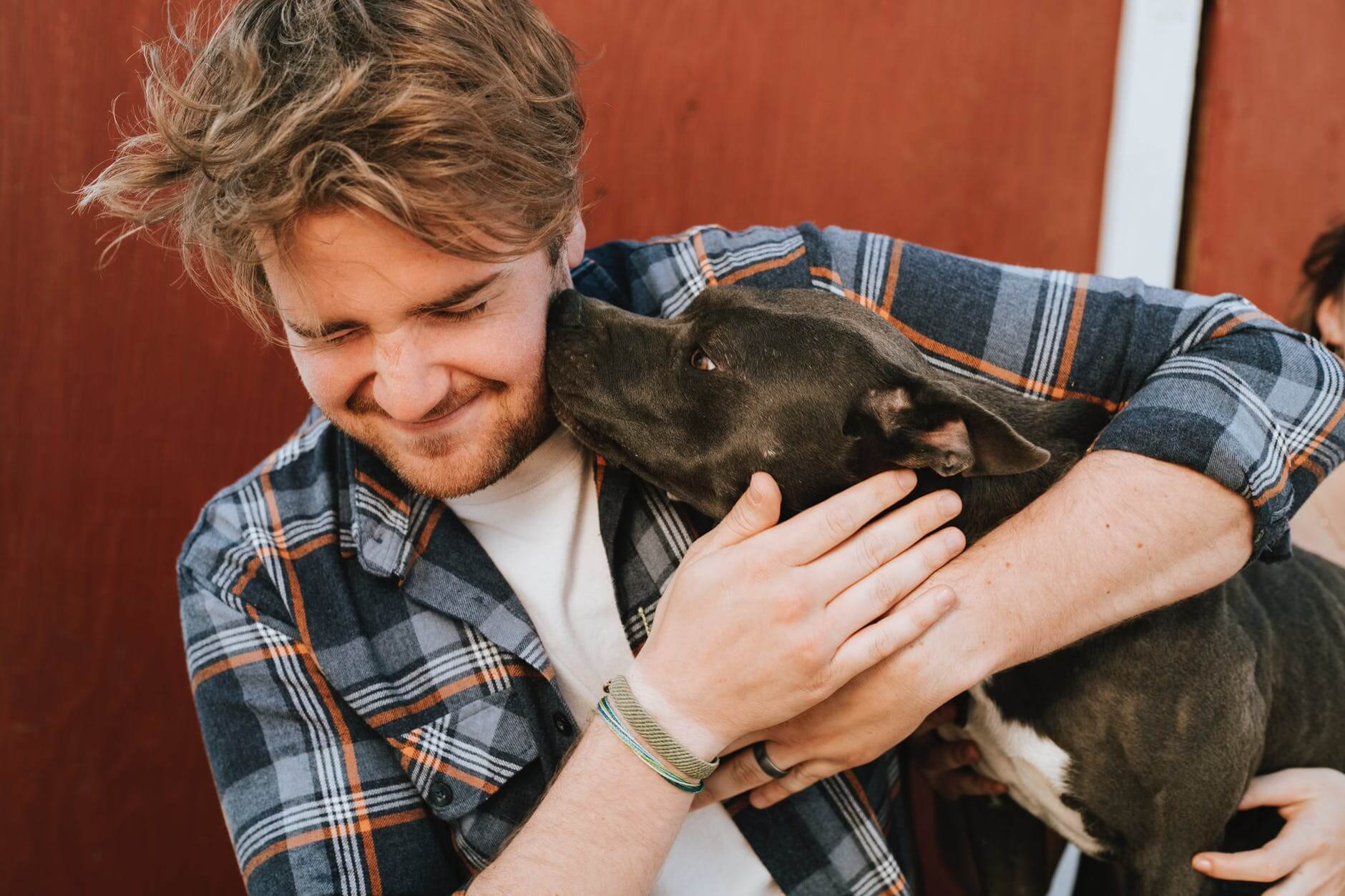 Positive reinforcement or praising your dog while reinforcing good behaviour is one of the fundamental techniques when training your dog.
Positive reinforcement or praising your dog while reinforcing good behaviour is one of the fundamental techniques when training your dog.
This can come as dog food treats, verbal praises such as an enthusiastic and playful “good dog” or “good boy” or “good girl”. It can also be a pat or playing with your dog - basically giving your dog time and attention.
So, when your dog becomes polite at your doors or basically deters from unwanted behaviour, be consistent in praising him.
Using a Dog Training Collar When Ignoring the Dog When It Behaves Badly Does Not Work
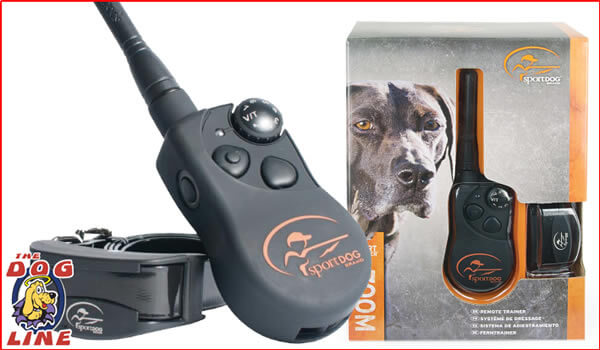 You can use a dog training collar on a dog starting at 3 to 6 months of age - a Dog Training Collar is a tool that will help you easily train your dog stop unwanted or bad behaviours.
You can use a dog training collar on a dog starting at 3 to 6 months of age - a Dog Training Collar is a tool that will help you easily train your dog stop unwanted or bad behaviours.
These remote dog training collars are designed to ultimately improve dog & owner relationship - given that these training tools are used properly.
The purpose of using a remote trainer is to easily reinforce obedience commands such as “sit”, “stay”, “come” and “heel” - these commands are fundamental to raising a well-behaved dog.
Now, if you are thinking that a dog training collar “punishes” a dog when he does not follow a command, you are wrong.
The e-collar is your tool to help your dog realise that the bad behaviour is the cause of the correction (e.g. the static pulse activated every time he digs a hole in your garden bed).
Also, with the help of a dog training collar, your dog will master the obedience commands - he will less likely engage in aggressive behaviours as you deliver a command (e.g. when he is about to engage in a dog fight while walking at the park, you can say “come” or “heel”).
Basically, dog obedience commands and dog training collars are distractions to deter your dog away from bad behaviours.
Teach Your Dog Confidence at the Parks - Especially After a Scary Dog Attack
Assuming that your dog has completed his vaccinations and is now allowed by your vet to walk at dog parks and public places - schedule walks with your dog.
Walking your dog is one of the great ways to socialise him better and build his confidence.
However, you may encounter aggressive dogs along the way and an attack to your dog may be inevitable at times.
I have a friend whose dog had stitches after another dog brawled with his dog while they were walking at the park - things like this may really happen and it may wound your dog’s confidence and may cause him to have fear-based aggression.
So, it’s better to be prepared.
Aside from equipping yourself with dog training collars, you can come prepared with these pieces of advice from a professional dog trainer, Gaz Jackson.
Reversing Your Dog’s Fear After Being Attacked at the Park:
-
Do not pick your dog up and rush home after he’s attacked by another dog - if you do, it will be hard for your dog to become confident when he’s outside again. Thus, developing fear-based aggression.
-
Let your dog stay at the park - provide additional security.
-
Allow your dog to relax and understand that some dogs are still okay to be with - this will prevent your dog from being aggressive on other dogs.
-
Let your dog walk at the park for some time, then you can bring him back home.
-
Bring your dog to parks again and encourage him to walk politely with other dogs.
 The Dogline
The Dogline







